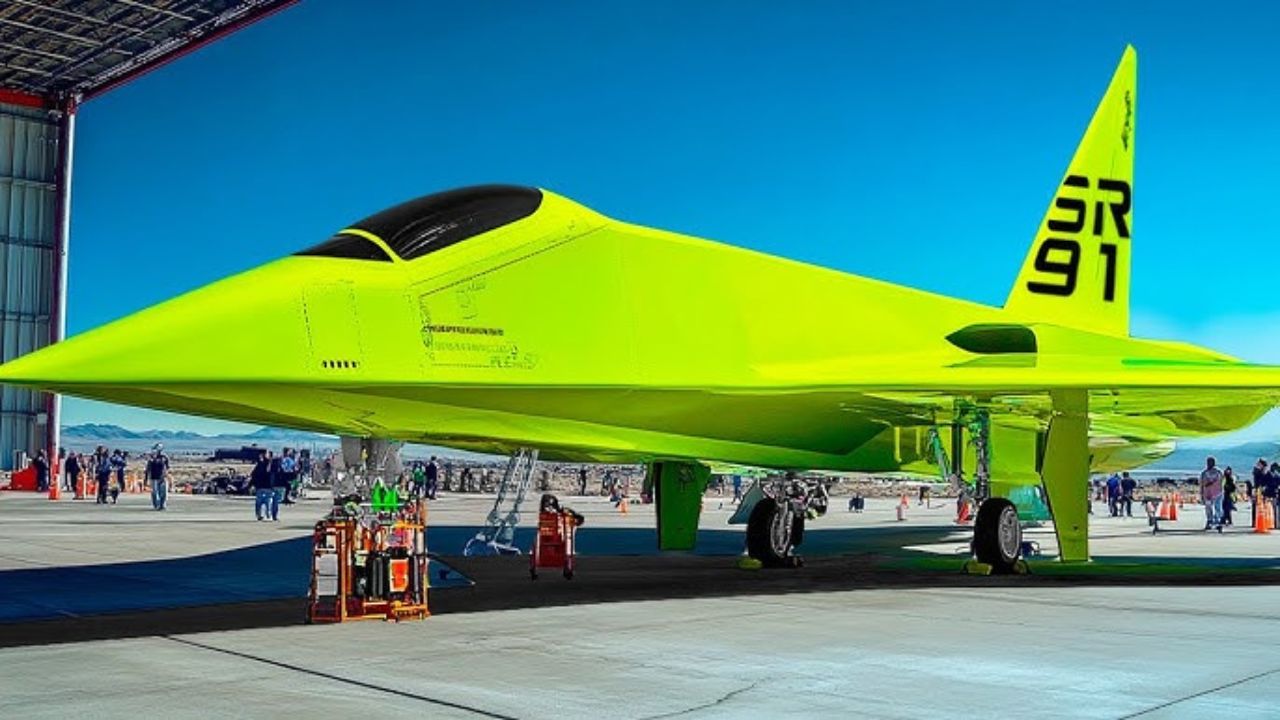
The SR-91 Aurora legend began with a 1985 Aviation Week & Space Technology article that speculated on a hypersonic successor to the SR-71 Blackbird. This speculation was fueled by unexplained budget line items, such as the $455 million allocated in the FY1987 Air Force budget for a classified program codenamed “Aurora.” In August 1989, British aviation enthusiast Chris Gibson witnessed and sketched an unusual diamond-shaped aircraft flying alongside F-111s over the North Sea near the UK, describing it as unlike any known U.S. or Soviet design. These sightings and financial anomalies, later detailed in a 1990 Janes Defence Weekly report, have persisted despite official denials, keeping the mystery alive in aviation circles.
The Birth of the Aurora Rumor
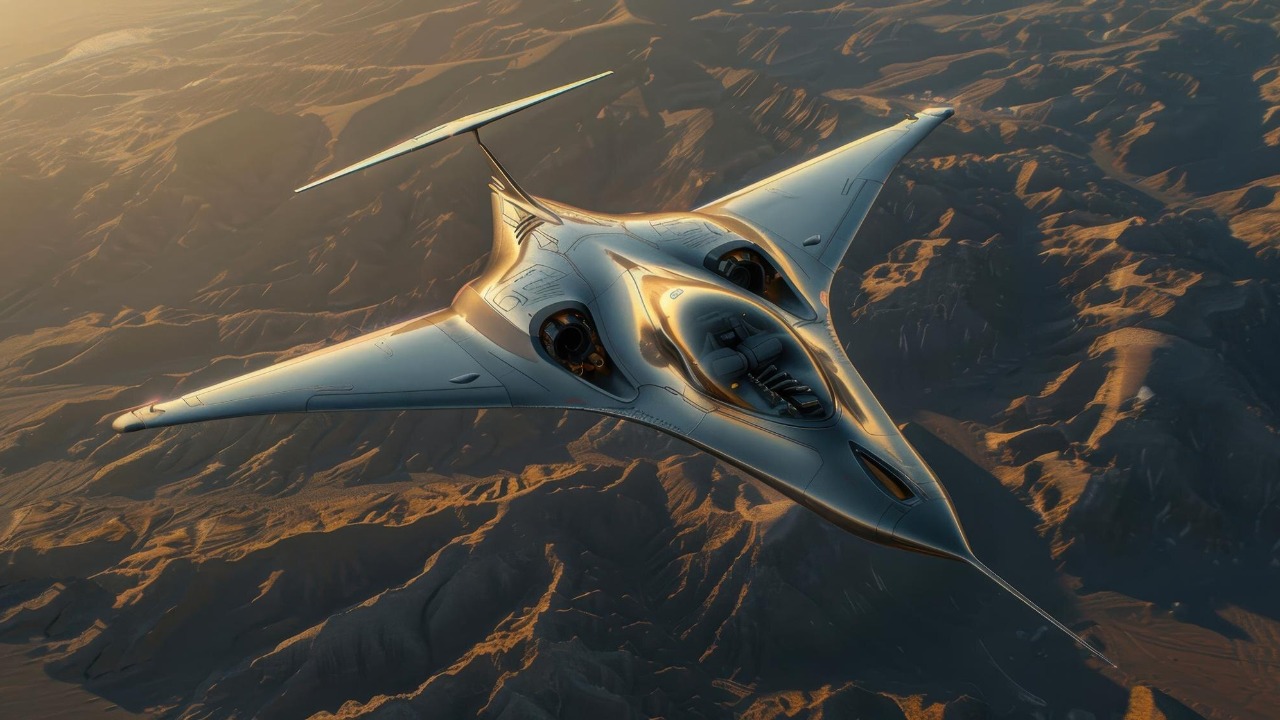
The Aurora legend took flight with Bill Sweetman’s 1985 article in Aviation Week & Space Technology, which introduced the term “Aurora” based on leaked budget documents. These documents revealed $2.3 billion in black program funding from 1983 to 1985, earmarked for advanced aircraft development. This revelation sparked widespread speculation about a new, secretive aircraft project, potentially a Mach 5+ reconnaissance plane. Analysts interpreted the FY1987 Air Force budget’s $455 million line item labeled “Aurora” as funding for this ambitious project. However, the Pentagon later reclassified “Aurora” as a generic term for multiple projects, adding to the intrigue and confusion surrounding the program.
Further fueling the rumors were insider leaks from Lockheed’s Skunk Works in the mid-1980s. Engineers allegedly referenced a “senior crown” successor to the SR-71, tested at the infamous Groom Lake, Nevada. These whispers of a new aircraft, combined with the budget anomalies, created a fertile ground for speculation and conspiracy theories. The notion of a hypersonic aircraft capable of speeds far exceeding those of the SR-71 captured the imagination of aviation enthusiasts and conspiracy theorists alike, cementing Aurora’s place in aviation lore.
Key Eyewitness Accounts
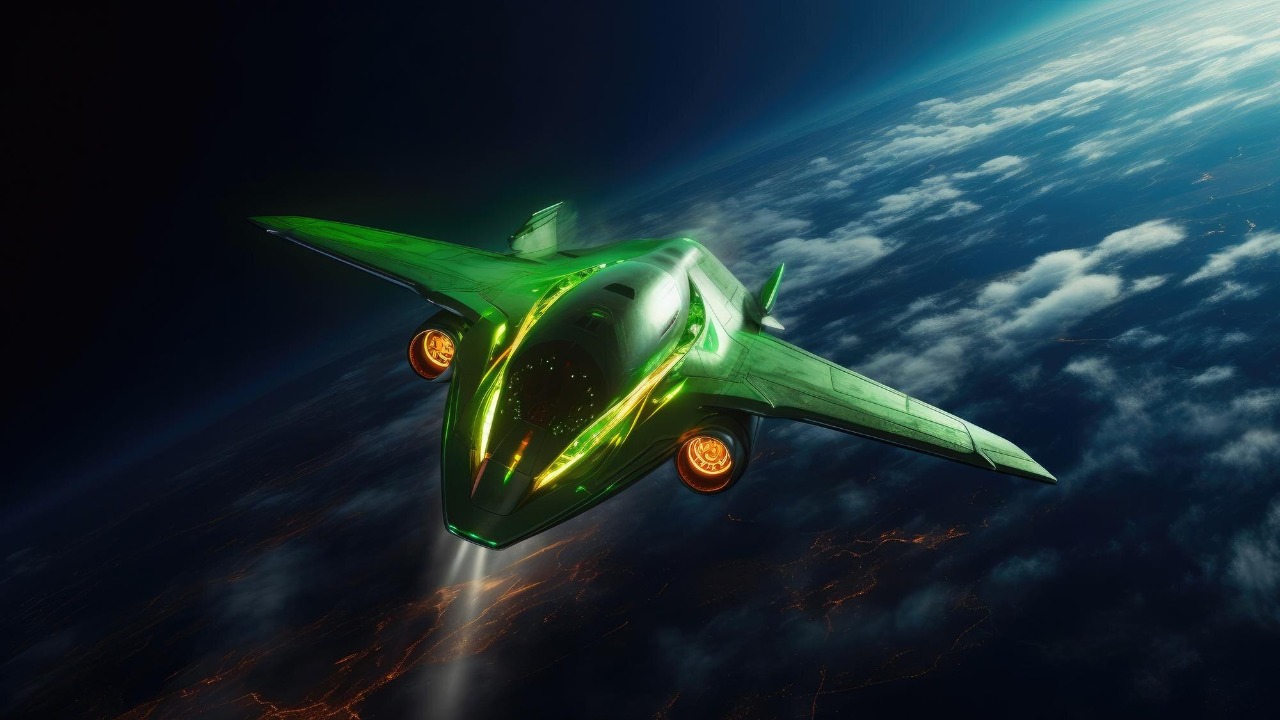
Chris Gibson’s sighting on August 12, 1989, from the oil rig Galveston Key in the North Sea, remains one of the most compelling pieces of evidence supporting the Aurora legend. Gibson observed a black, diamond-shaped aircraft with no visible engines refueling from an F-111, estimating its speed at over Mach 2. His detailed sketch and testimony, later reported in Janes Defence Weekly, added credibility to the Aurora narrative, suggesting the existence of an aircraft unlike any known design.
Another intriguing incident occurred near RAF Woodbridge, UK, in 1990, known as the Rendlesham Forest incident. Locals reported anomalous lights and sonic booms, attributing them to high-altitude Aurora tests. However, officials linked these phenomena to routine B-1 bomber flights, leaving room for speculation. Similarly, in 1992, pilots at Chicago O’Hare reported a triangular craft at 30,000 feet, later speculated in aviation forums as an Aurora prototype. Witnesses, including United Airlines crew, reported the sighting to FAA towers, further fueling the mystery.
Budget Anomalies and Black Projects
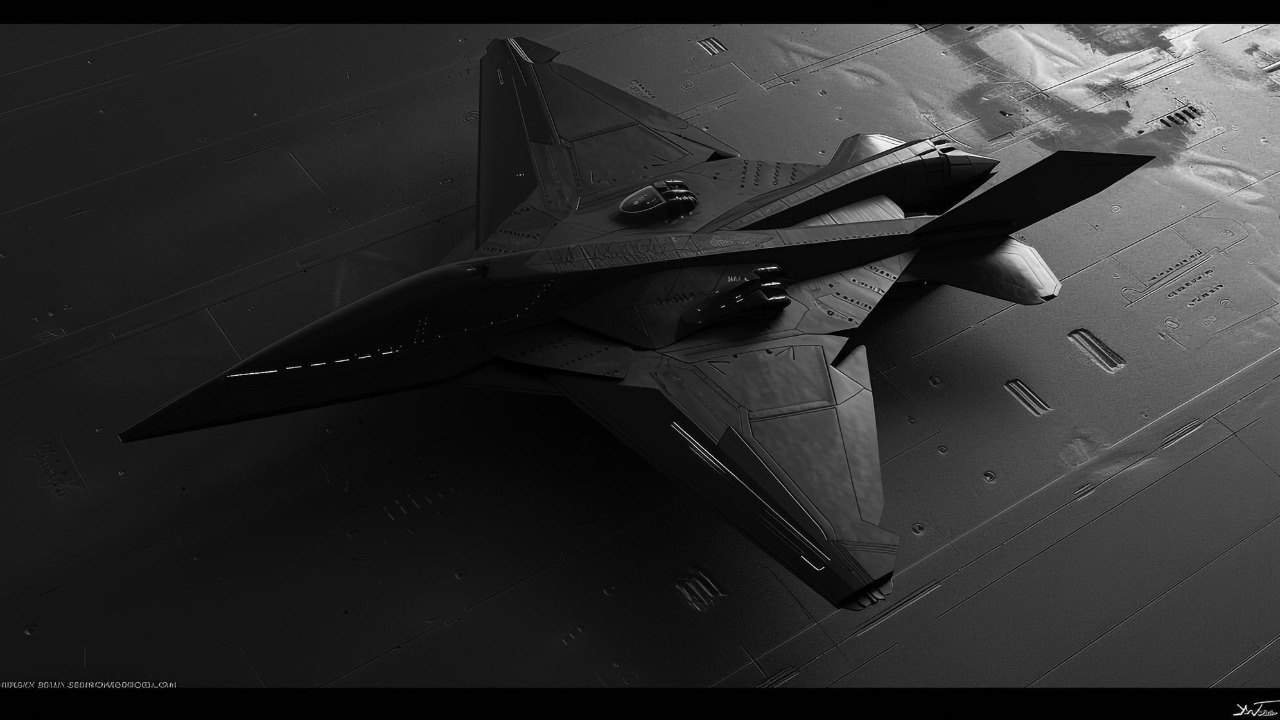
The financial underpinnings of the Aurora legend are as intriguing as the sightings themselves. A $1.5 billion spike in the National Reconnaissance Office’s (NRO) classified budget for FY1990 caught the attention of analysts like Tim Weiner, who linked it to Aurora’s development costs, which reportedly exceeded $5 billion by 1992. This substantial investment in black projects suggested a significant undertaking, possibly related to the rumored hypersonic aircraft.
Declassified 1993 Department of Defense documents revealed $80 million allocated in 1988 for pulse detonation engines (PDEs), a technology purportedly key to Aurora’s scramjet propulsion. These engines were tested at Edwards Air Force Base, California, indicating a serious commitment to developing advanced propulsion systems. Additionally, a 1995 GAO report on black budget waste noted $2 billion unaccounted for in Air Force R&D from 1987-1994. Whistleblower Edgar Fouche claimed this funding supported Aurora’s titanium-graphite airframe development at Area 51, adding another layer to the mystery.
Government Denials and Counterarguments
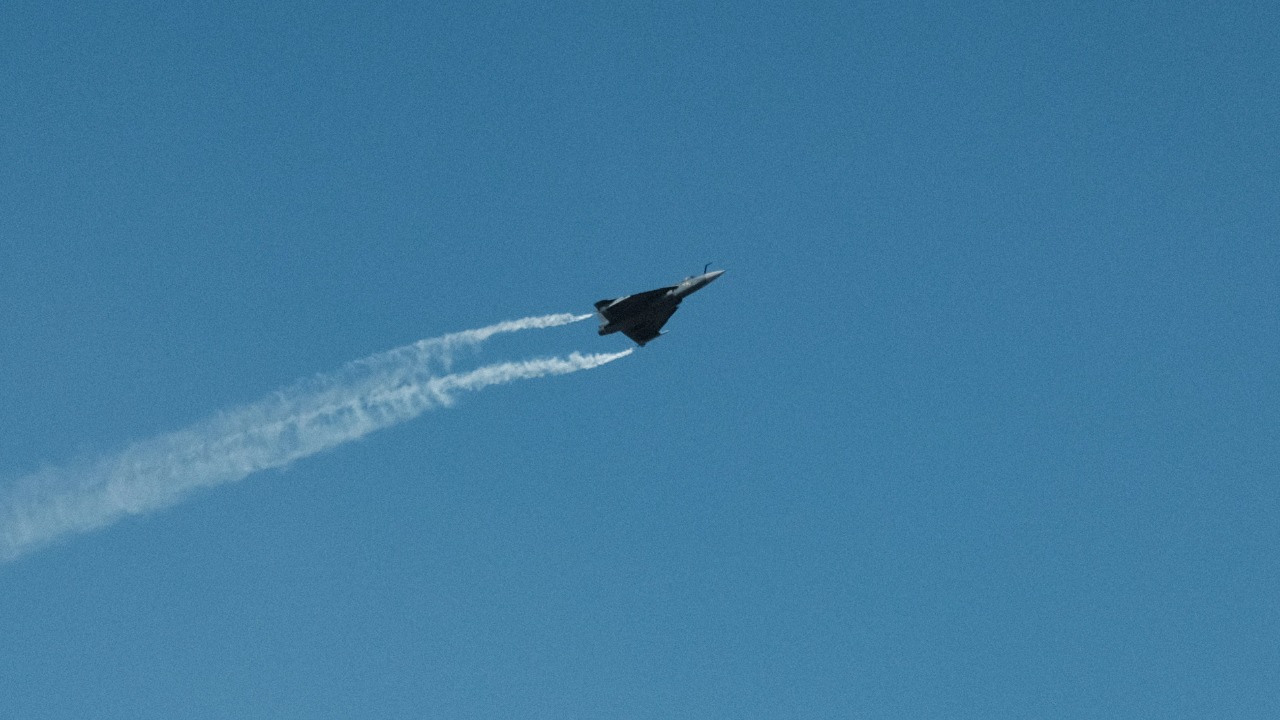
Despite the compelling evidence and persistent rumors, the U.S. government has consistently denied the existence of the Aurora program. In 1992, Col. John E. Tutwiler issued an official statement asserting that the SR-71 retirement in 1989 was due to advancements in satellite technology, not a replacement program. This denial aimed to quell speculation, but it only fueled further curiosity and skepticism among aviation enthusiasts.
In 2000, Popular Mechanics published a debunking article attributing the budget “Aurora” lines to a canceled X-24C lifting body project, not a hypersonic spy plane. The article cited NASA archives from the 1980s to support this claim, offering an alternative explanation for the budget anomalies. Additionally, 2010 FOIA responses from the NRO released redacted KH-11 satellite photos from 1988 over the Indian Ocean. Some interpreted these images as Aurora launch trails, though officials attributed them to weather phenomena, leaving room for continued debate.
Technological Legacy and Ongoing Speculation
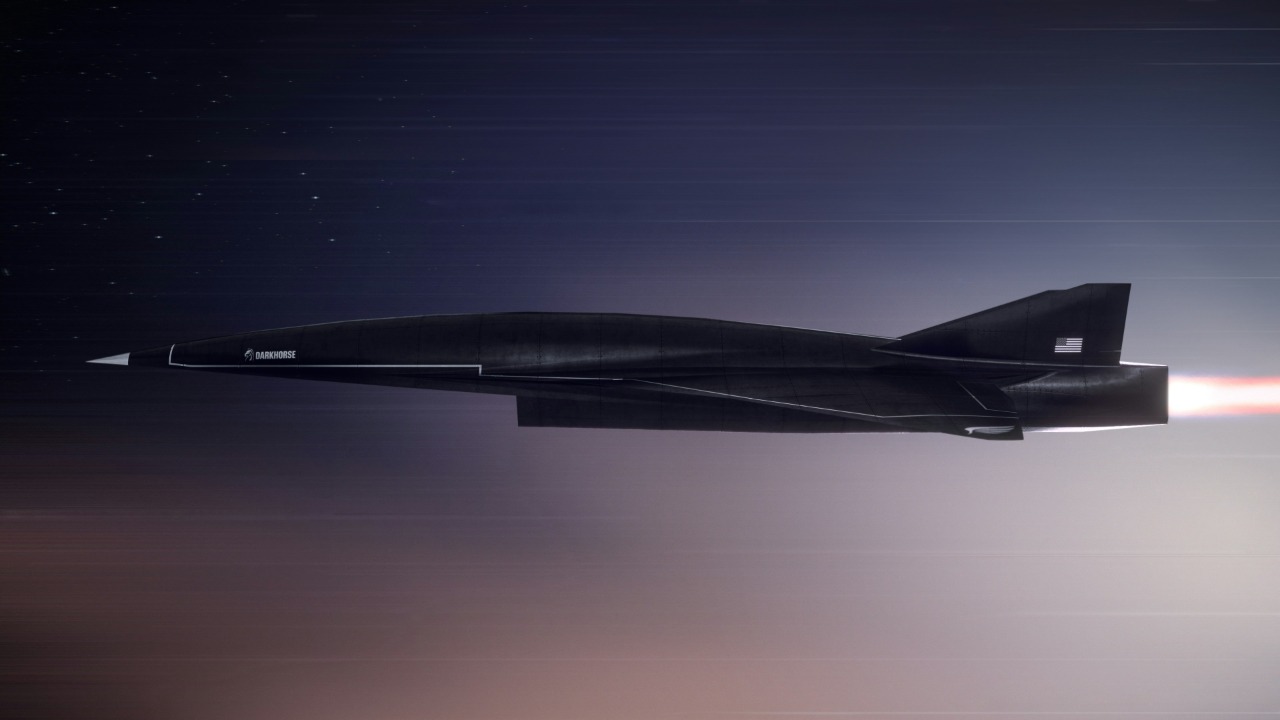
The Aurora legend has had a lasting impact on the development of hypersonic technology. In the 2010s, rumors of Aurora influenced the creation of the SR-72 demonstrator. Lockheed Martin confirmed in 2018 the development of a Mach 6 unmanned successor using reusable hypersonic technology derived from 1980s black projects. This announcement reignited interest in the Aurora legend, suggesting that the technological advancements rumored to be part of the Aurora program may have found new life in modern aerospace projects.
Modern sightings continue to fuel speculation about the Aurora program. A 2020 viral video from Alaska captured a glowing, arrowhead-shaped object at 50,000 feet. The Drive analyzed the footage, suggesting it could be a classified Aurora variant or an RQ-180 drone. Such sightings keep the legend alive, as enthusiasts and experts alike ponder the possibilities of advanced aircraft operating in secrecy.
Expert opinions, such as those from Ben Rich, former head of Skunk Works, add further intrigue to the Aurora narrative. In his 1993 memoir, Rich alluded to “black airplanes twice as fast as the Blackbird” still flying from Palmdale, California facilities. These statements, combined with the sightings and budget anomalies, ensure that the Aurora legend remains a captivating mystery in the world of aviation.
For more information on the Aurora legend, you can explore Aviation Week or Janes Defence Weekly.